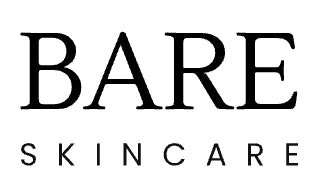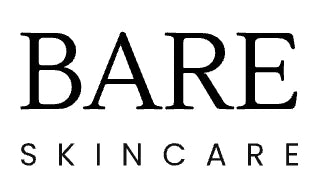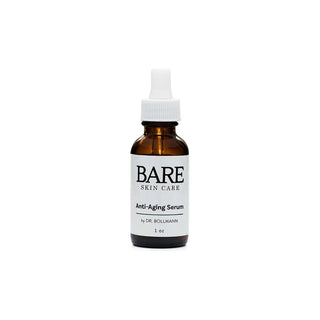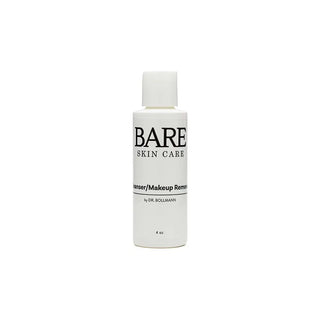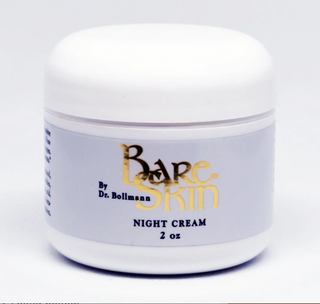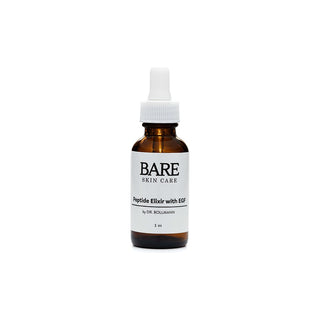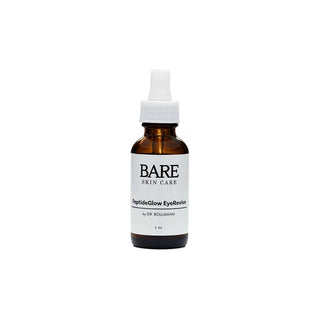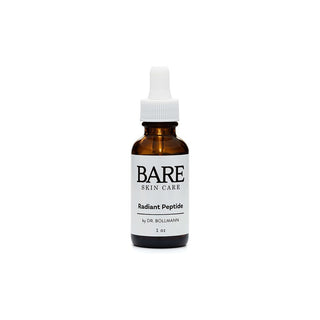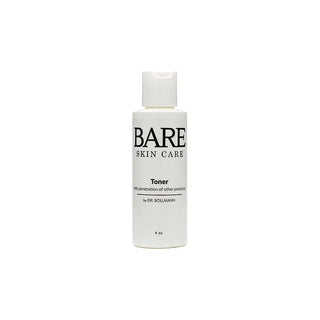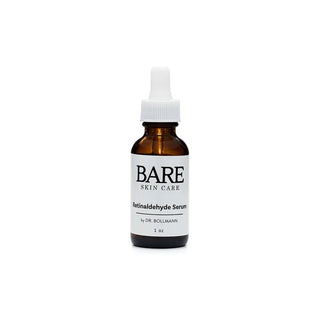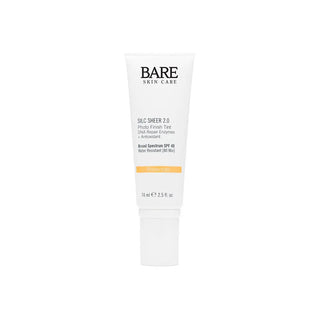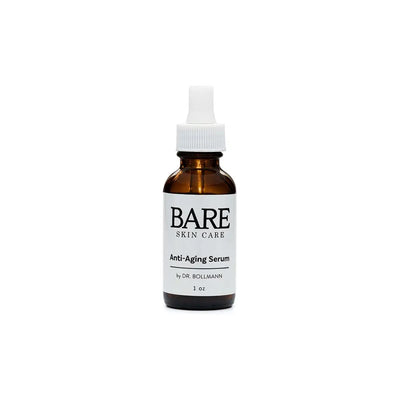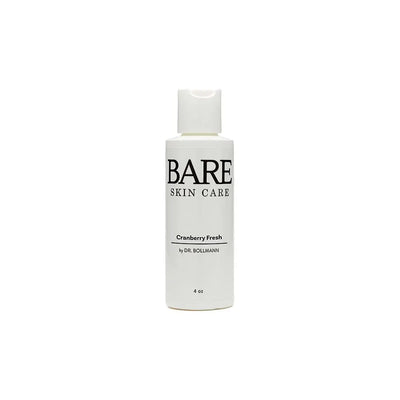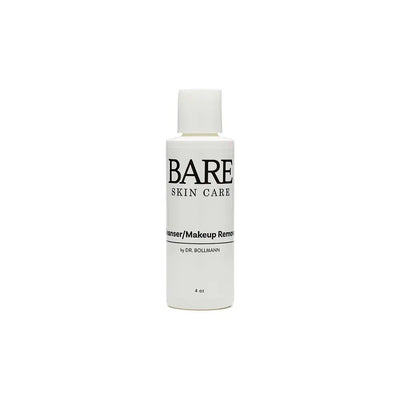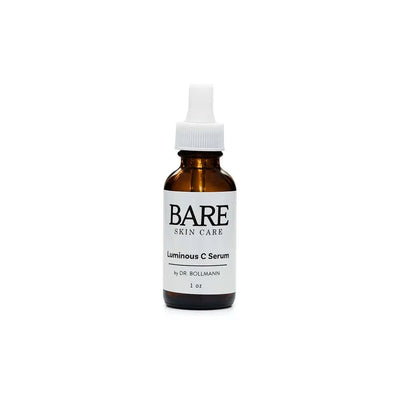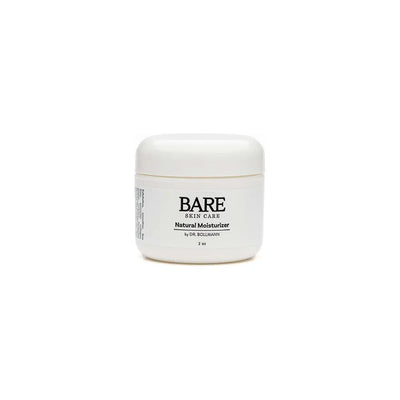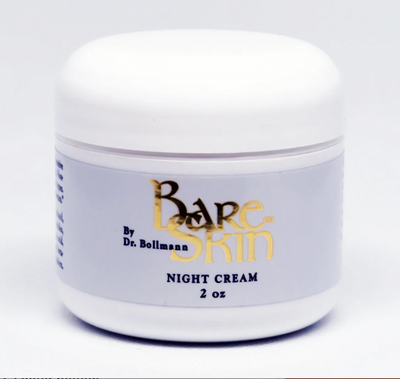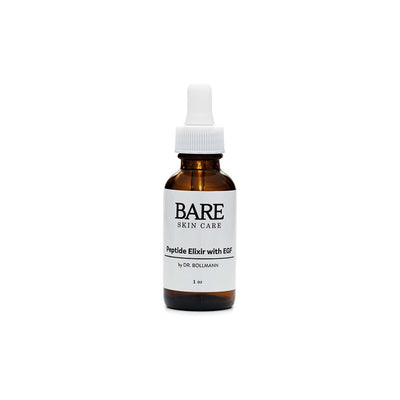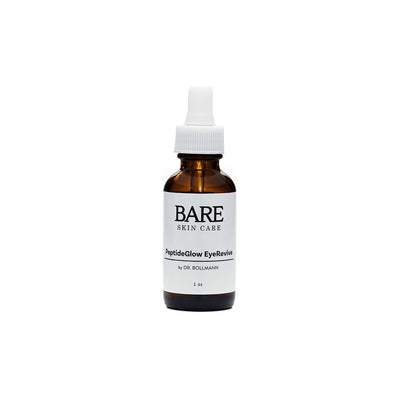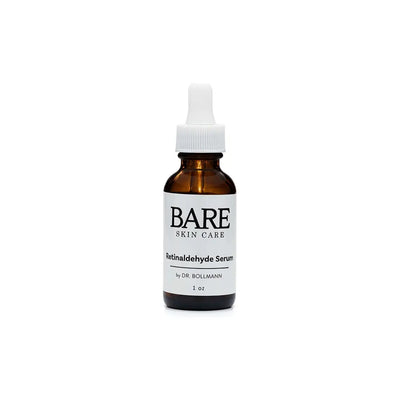"Extending Life: The New Science of Aging - How to Activate
Longevity Genes and Increase Quality and Length of Life
Joseph C. Maroon, M.D.,
In November 2006 newspaper headlines about a natural gene activating substance that could prolong life appeared in over 500 newspapers around the world and were followed by articles that summarized the breakthrough scientific publications from Harvard Medical School and The National Institute on Aging, and the Institute of Genetics and Molecular Biology in France. The headlines related to a scientific report showing life enhancing and extending properties of a natural plant compound called resveratrol that is found in red wine. Additionally, these studies showed that resveratrol could alter metabolism to the point that fat mice given fatty food containing resveratrol did not have any adverse effects from this diet, and, in fact, were healthier than the control mice. The newspaper headlines asked if it is really possible that a pill can prolong life, help maintain weight despite a high fat diet, avert degenerative diseases, and even create the muscles of a champion athlete without training. Animal studies seem to suggest that it is possible that resveratrol can do all of these things, and there is every reason to believe that the same things will also be possible in humans. Could resveratrol provide us with our long sought for Fountain of Youth?
Resveratrol is found naturally in the skins of many plants but in highest concentration in the red
skin grape. In the late 1990’s it was observed that French people had a lower than expect incidence of
death from cardiovascular disease despite a much higher consumption of fatty foods compared to the
United States. It was also observed that the French drank about 5 times as much red wine as Americans.
This was called the “French Paradox” and it caused scientists to investigate the effects of red wine. Many
theories were put forth but after much study it appeared that the polyphenols in red wine grape skins, of
which 18 have been identified, were responsible for reducing the risk of cardiovascular disease.
Resveratrol, however became the superstar polyphenol after studies by Sinclair and a scientist at MIT,
Lenny Guarente, showed that adding it to yeast cells caused them to live up to 70% longer. Further
investigation showed this was due to improved cell division and other genetic effects of resveratrol. Later
they identified the genes that were activated to preserve health and prolong life as sirtuin genes and the
enzymes that they produced as SIRT1-7. In all species investigated to date, including man, these same
sirtuin genes are present.
Resveratrol is a natural anti-fungicide produced by stressed plants when under attack by fungus.
Because red grapes are typically grown in cool climates where fungus are most common, grapes have
had to enhance this ability and therefore have some of the highest concentrations of resveratrol in their
skins. Another plant found in China called the Knot Weed was also found in similar stressed conditions
and also has been found to have very high concentrations in its skin.
The ability of resveratrol to enhance animal longevity and quality of life has been coined by
Sinclair as xenohormesis, meaning the use of substances from another species (xeno) that have been
environmentally stressed (hormesis). The stressed grape skins make the resveratrol, which in animals
can activate specialized genes, sirtuins, that produce enzymes, SIRT1-7, which in turn have some
tremendous life benefiting effects.
The discovery of longevity enhancement goes back to the work of McCay in the 1930’s, who
showed that calorie restriction could significantly prolong the lifespan of laboratory rats (Fig.1). These
studies have been repeated successfully in many higher species, including monkeys and dogs. The
discovery of the sirtuin genes responsible for this is only recent and that a plant derived molecule could
also activate sirtuins, without calorie restriction, is now perhaps the greatest discovery by man since
Watson and Crick’s discovery of DNA.
In molecular biology labs all over the world scientists are now showing how STACs, like
resveratrol and other polyphenols derived from grape skins have profound effects, including:
• Weight gain prevention and fat cell reduction—despite eating a high calorie diet
• Boosted energy and endurance by increasing the number of energy-producing mitochondria in
muscle cells
• Enhanced muscle strength and decreased fatigue
• Improved coordination and mobility
• Transformed muscle fibers into the "slow" type found in well-trained athletes
• Increased memory as tested in mazes
However, the most remarkable, is that resveratrol is able to prolong life while at the same time
reducing the incidence of cancer, vascular disease, and brain degeneration. These observations, for the
first time, showed that natural compounds from food constituents could have a preventive effect on the
most pressing health problems in both developed and developing countries in the world. Thus suggesting
that obesity, diabetes, heart attack, cancer, degenerative disease of the brain, and other debilitating
diseases and conditions could be markedly reduced naturally.
CONCLUDING REMARKS
There is little doubt that in the next five years we will see many natural food products and
supplements in drink, pill, and other forms containing life enhancing plant polyphenols. This scientific
research will not only have an impact on what we eat but also on how long we live. The other social and
economic questions that come into play with a possibility of an average life expectancy of 130 will affect
all parts of society and world governments. We plan to be around to see it for many years to come.
"Extending Life: The New Science of Aging - How to Activate
Longevity Genes and Increase Quality and Length of Life
Joseph C. Maroon, M.D.,
Professor of Neurosurgery; Heindl Scholar in Neuroscience;
Team Neurosurgeon - Pittsburgh Steelers
&
Jeff Bost, PAC
Clinical Instructor, Department of Neurosurgery, University of Pittsburgh Medical Center"
Published in Anti-Aging Therapeutics Volume IX.
© Copyright American Academy of Anti-Aging Medicine







